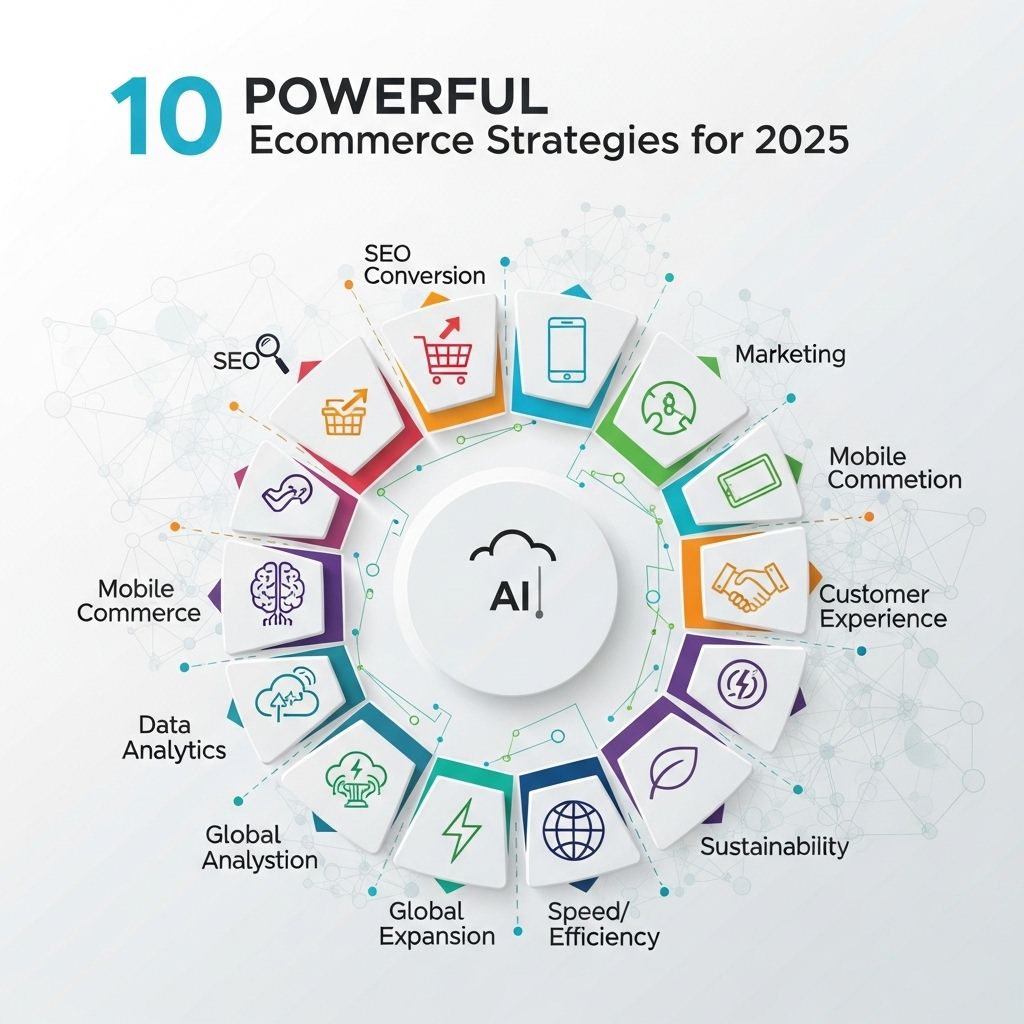Introduction
In the rapidly evolving digital landscape, eCommerce businesses are constantly seeking innovative ways to elevate their brand presence and enhance customer experience. As we approach 2025, certain design trends are emerging that can significantly impact user engagement, conversion rates, and overall brand perception. This article explores the top eCommerce website design agency trends that businesses should embrace to stay ahead in a competitive market.
Minimalistic Design
Minimalism has proven to be a timeless approach in web design, focusing on clarity and simplicity. By reducing clutter, brands can guide visitors’ attention to their products, making the shopping experience more enjoyable.
Key Features of Minimalistic Design
- Ample white space to enhance readability and focus
- Streamlined navigation for improved user experience
- Simple color palettes that reflect the brand identity
- High-quality images that showcase products effectively
Personalization and Customization
As customers increasingly seek tailored experiences, personalization is set to dominate eCommerce website design. This trend involves using data analytics and AI to create unique shopping experiences based on user behavior and preferences.
Benefits of Personalization
- Increased engagement through targeted content
- Higher conversion rates due to customized recommendations
- Improved customer loyalty as shoppers feel valued
Augmented Reality (AR) Integration
Augmented reality is transforming the way consumers perceive products online. By allowing customers to visualize products in their environment, AR technology can bridge the gap between online and in-store shopping.
Applications of AR in eCommerce
| Application | Description |
|---|---|
| Virtual Try-On | Customers can see how clothing or accessories look on them before making a purchase. |
| Product Visualization | Users can place furniture or home decor items in their space to see how they fit. |
| Enhanced Product Demos | Interactive demonstrations help customers understand product features better. |
Responsive and Accessible Design
With an increasing number of consumers shopping via mobile devices, responsive design is imperative. Websites must provide an optimal viewing experience across all devices, ensuring accessibility for all users, including those with disabilities.
Best Practices for Responsive Design
- Fluid grids and layouts that adapt to screen size
- Touch-friendly navigation elements
- Accessible fonts and contrast ratios for better readability
- Regular testing across various devices and browsers
Interactive Elements
Engagement is key in eCommerce, and incorporating interactive elements can transform mundane shopping experiences into dynamic adventures. Features such as quizzes, polls, and dynamic product displays can make shopping more engaging.
Types of Interactive Elements
- Product configurators that allow users to customize products
- Interactive surveys to gather customer preferences
- Gamification elements to incentivize shopping
Focus on Sustainability
As consumers become more environmentally conscious, brands that prioritize sustainability in their design will resonate better with their audience. This involves using eco-friendly materials, promoting sustainable practices, and reflecting this commitment in the website’s aesthetic.
Ways to Showcase Sustainability
- Highlighting eco-friendly products prominently
- Using earthy color schemes and imagery
- Communicating sustainable practices through storytelling
Video Content Integration
Video content is becoming increasingly prevalent in eCommerce, providing customers with a more immersive experience. From product videos to customer testimonials, video can significantly enhance engagement.
Types of Video Content for eCommerce
| Video Type | Description |
|---|---|
| Product Demonstrations | Showcasing product features and benefits in action. |
| Customer Reviews | Building trust through authentic customer experiences. |
| Behind-the-Scenes | Offering insights into brand values and culture. |
Enhanced Customer Support
Providing robust customer support through your website is essential for retaining customers. This includes live chat features, chatbots, and comprehensive help centers.
Benefits of Enhanced Customer Support
- Immediate assistance increases customer satisfaction
- Building trust through transparent communication
- Reducing cart abandonment rates by resolving concerns
Conclusion
As eCommerce continues to grow, staying updated with design trends is crucial for brands looking to elevate their online presence. By embracing minimalistic design, personalization, AR integration, responsive layouts, interactive elements, sustainability, video content, and enhanced customer support, businesses can create compelling online shopping experiences. Adopting these trends will not only improve customer satisfaction and loyalty but also strengthen the overall brand image in the competitive eCommerce landscape of 2025.
FAQ
What are the top ecommerce website design trends for 2025?
The top ecommerce website design trends for 2025 include immersive user experiences, sustainable design practices, and the integration of AI-driven personalization.
How can a professional design agency help my ecommerce business?
A professional design agency can enhance your ecommerce business by creating visually appealing websites, optimizing user experience, and implementing effective SEO strategies.
Why is mobile optimization important for ecommerce websites in 2025?
Mobile optimization is crucial for ecommerce websites in 2025 as more consumers are shopping on mobile devices, making it essential for user engagement and conversion rates.
What role does user experience play in ecommerce website design?
User experience plays a vital role in ecommerce website design by ensuring that customers can easily navigate, find products, and complete purchases, ultimately leading to higher sales.
How can I ensure my ecommerce site stands out in a competitive market?
To ensure your ecommerce site stands out, focus on unique branding, high-quality visuals, user-friendly navigation, and personalized customer experiences.
What are the benefits of incorporating AI into ecommerce website design?
Incorporating AI into ecommerce website design offers benefits such as personalized shopping experiences, improved customer service through chatbots, and enhanced data analytics for better decision-making.




